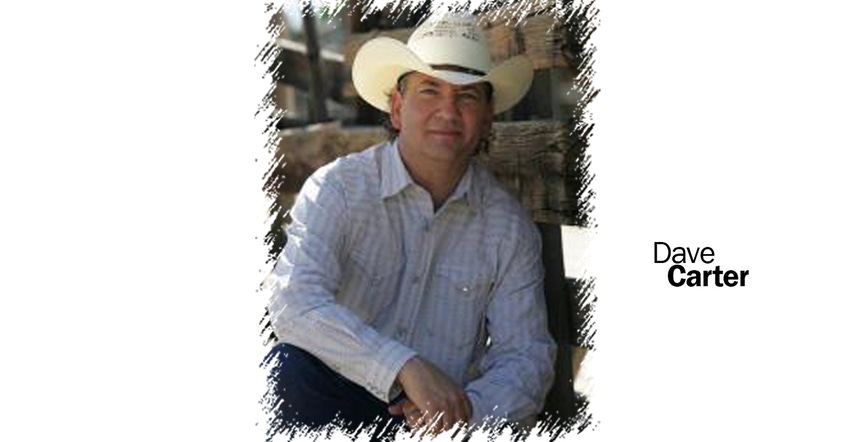
For much of agriculture, 2017 is starting to feel a lot like 1984.
No, not that 1984. Not the book about Big Brother. I mean the real 1984, when plummeting commodity prices pulled down farm real estate values as well. Thousands of farmers who borrowed against their land values to finance expansion in the previous decade were caught in a wave of foreclosure. Farm-dependent businesses collapsed as well. Lawmakers rushed to enact debt-relief measures, and Farm Aid began as a benefit concert for struggling farmers in 1985.
I was a farm organizer at the time. It wasn’t pretty. I worked with other activists to set up crisis hotlines, lobby for debt-relief legislation, and help farmers negotiate with their lenders. And, I ended up working with other rural organizers across the country to battle a wave of anti-Semitism promoted by hucksters who tried to paint the farm crisis as some type of grand Jewish conspiracy.
Commodity prices are again collapsing, and farm real estate values are falling. According to one report, land values dropped 11 percent across the Midwest in the fourth quarter last year. I recently sat in a meeting where an agricultural lender stated, “Most of our borrowers have had negative cash flow for the past three years, but we’ve been lending on their equity. We just can’t keep doing that.”
That sent a chill down my spine.
We don’t need a repeat of the 1980s in rural America.
Or, perhaps, in some ways, we do.
It was the disintegration of the farm economy in the 1980s that drove a group of growers in the upper Midwest to plant the seeds for a cooperative that last year notched $1.2 billion in sales under the Organic Valley label. In southern Colorado, Mel Coleman Sr. sold off a chunk of his family’s ranch to finance his commitment to marketing beef raised without antibiotics or growth hormones. And, Kathleen Merrigan, an aide to U.S. Sen. Patrick Leahy (D-VT), quietly pulled together ideas from a rag-tag and diverse group of activists to write the legislation that was inserted into the 1990 Farm Bill as the Organic Foods Production Act.
The 1980s were a jolt to American agriculture and the rural economy. As the decade came to an end, farmers began to strike out in two distinct paths.
Commodity producers who weathered the farm crisis recognized that the miniscule margins in conventional agriculture would require that survival depended on maximizing the short-term production from every acre of land. That meant more intensive practices, with chemical inputs, bigger equipment, more land, and embracing genetically modified seeds.
On the other path, the pioneers of alternative agriculture set out to build a marketplace based not on the volume of production but the quality of their products. Those pioneers also recognized that success and sustainability came from building relationships with their customers, rather than blaming their problems on some type of conspiracy.
We may be headed into a repeat of the 1980s. How we emerge remains up to us.
About the Author(s)
You May Also Like




